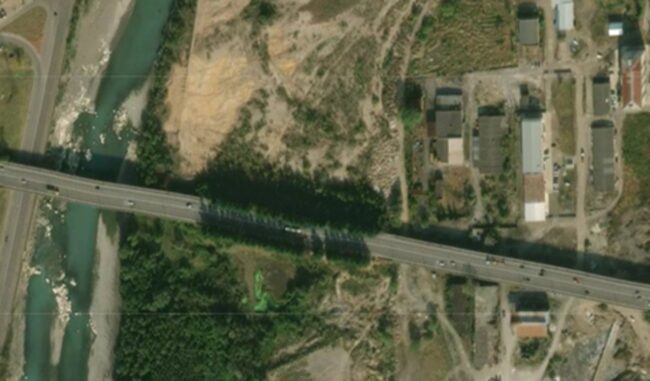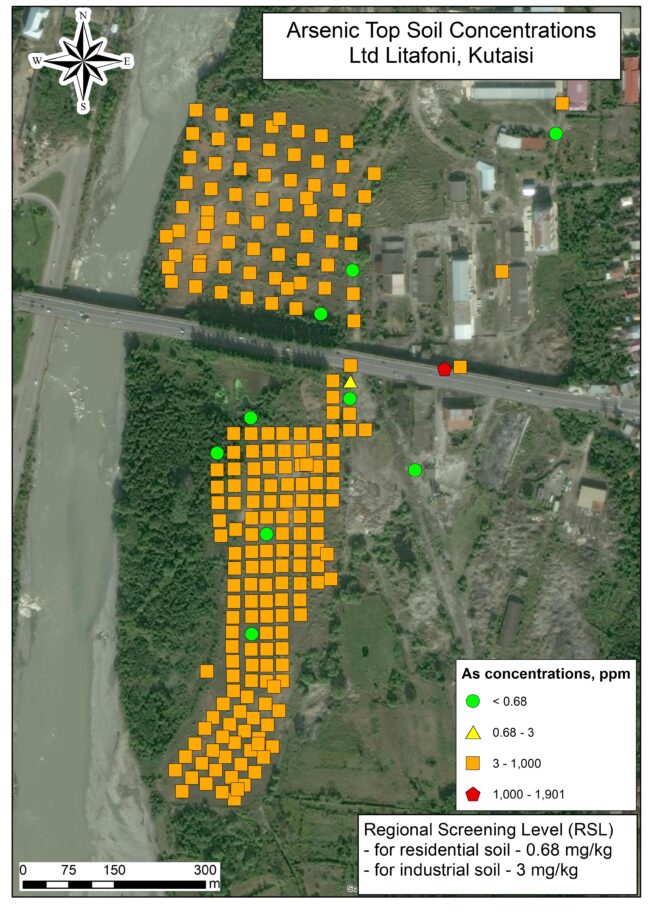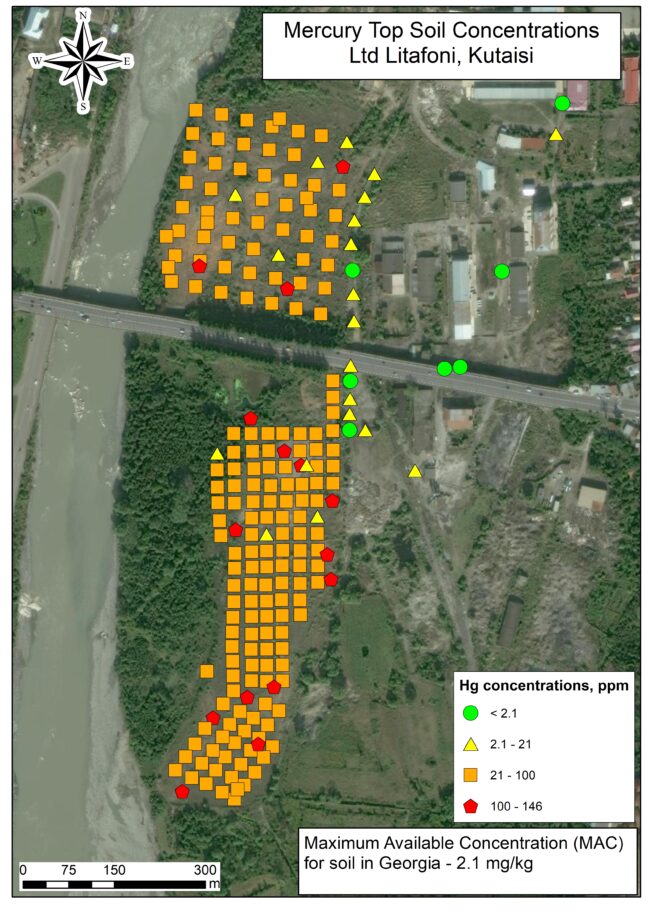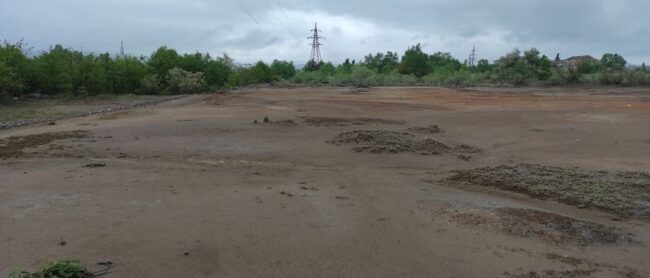Riverside Cleanup and Park Creation in Kutaisi
Number of residents at risk: 50,000
Source of pollution/contaminants: Former chemicals manufacturing factory, Pb, As, Hg
Project implementer: EHPMI
Total cost: $30,000 initial stage; $300,000 cleanup and area improvement
Project term: 3 yearsNumber of residents at risk: 50,000Source of pollution/contaminants: Former chemicals manufacturing factory, Pb, As, HgProject implementer: EHPMITotal cost: $30,000 initial stage; $300,000 cleanup and area improvement
Kutaisi is a city in the central part of western Georgia, with a population of 147 635 people. The River Rioni crosses the city from the north to the south flowing from the mountains in direction of Kolkheti lowlands.
The former Kutaisi Litafoni Factory is located near the residential buildings in Kutaisi city and occupies approximately 13 hectares. The Factory started operating in 1939 as the first chemicals enterprise in Georgia. The plant produced white pigments (lithophone, zinc mattress), fillers (micro barite, micro calcite), dyes (oil and water-dispersible), zinc crowns, primers, copper shabiaman, hydraulic fluid, and other industrial products. The company ceased its operation after the collapse of the Soviet Union. A lot of wastes and hazardous contamination was left behind unattended.


The contaminated area is easily accessible, without proper fences or anything. The area is flat with a slight slope northeast towards the Rioni River. The soil base consists of slag, alluvial gravel, and sandy and silty loam.
In 2020-2022 the Litafoni site was assessed by Pure Earth country team in Georgia, during the PECP project. There were over 200 test of topsoil during the Initial and Preliminary Site Assessments. The list of main contaminants includes lead, arsenic, and mercury. The highest concentration of lead (Pb) exceeded 68,600 ppm, arsenic (As) – 1,900 ppm and mercury (Hg) – 146 ppm. EHPMI team visited the site and confirmed the results of the assessment in 2022.



There are no people living on the site, but any visitors of the area could be exposed to contamination. Residents of the surrounding area contact let their cattle graze there. Also, some people collecting recyclable materials such as scrap metal and plastics. Some people cross the area on their way to work. Most importantly, the area can not be used for anything as long as it remains contaminated and dangerous for health.


The site is a source of pollution of the river, especially during the frequent floods.
Proposed Solutions/ Project Objectives:
- Conduct a Detailed Site Assessment (DSA) to map the contamination of the area and identify the best remediation options.
- Clean up the area
- Develop the area to turn it to a city park for recreation of residents and city visitors.
